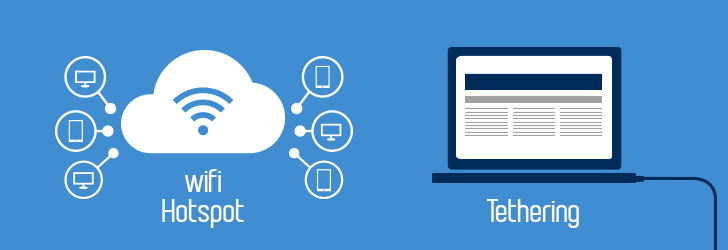
Firewall is one of best security mechanism that monitor and control the network traffic incoming and outgoing, based on predefined security rules. The firewall is always established between trusted internal and some other outside network (can be internet), assuming that outside network unsecured and untrusted. There are mainly two kinds of firewalls, host-based firewalls and network firewalls. Some of firewall provide additional services like DHCP (Dynamic Host Configuration Protocol) or VPN (Virtual Private Network) services for the internal network. There are Three generations of firewalls named First, Second and Third. First generation firewalls were based on packet filtering. Looking at the network address (IP) and the port of the packet, it determined whether packet is to block or allowed. If a particular packet or series of packets did not match for packet filtering rules, those were simply dropped. In 1988 first packet filter firewall was developed from Digital Equipment Firewalls. If packets do not match the rules, the filter will reject or drop the packet. These filtering works on the first three layers (physical layer, data link layer and network layer) of the OSI (Open Systems Interconnection) model.










